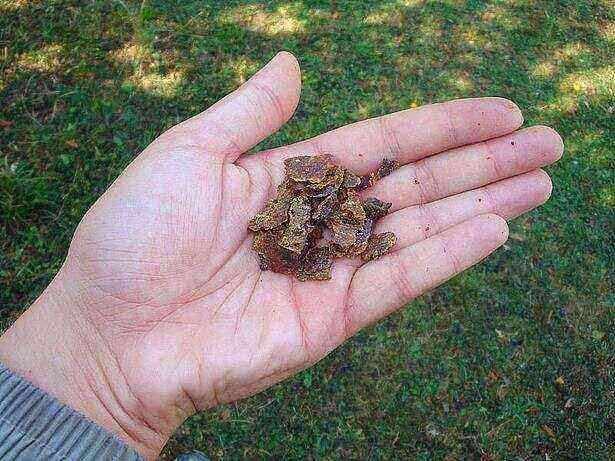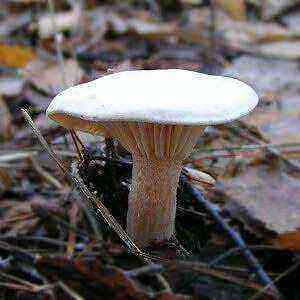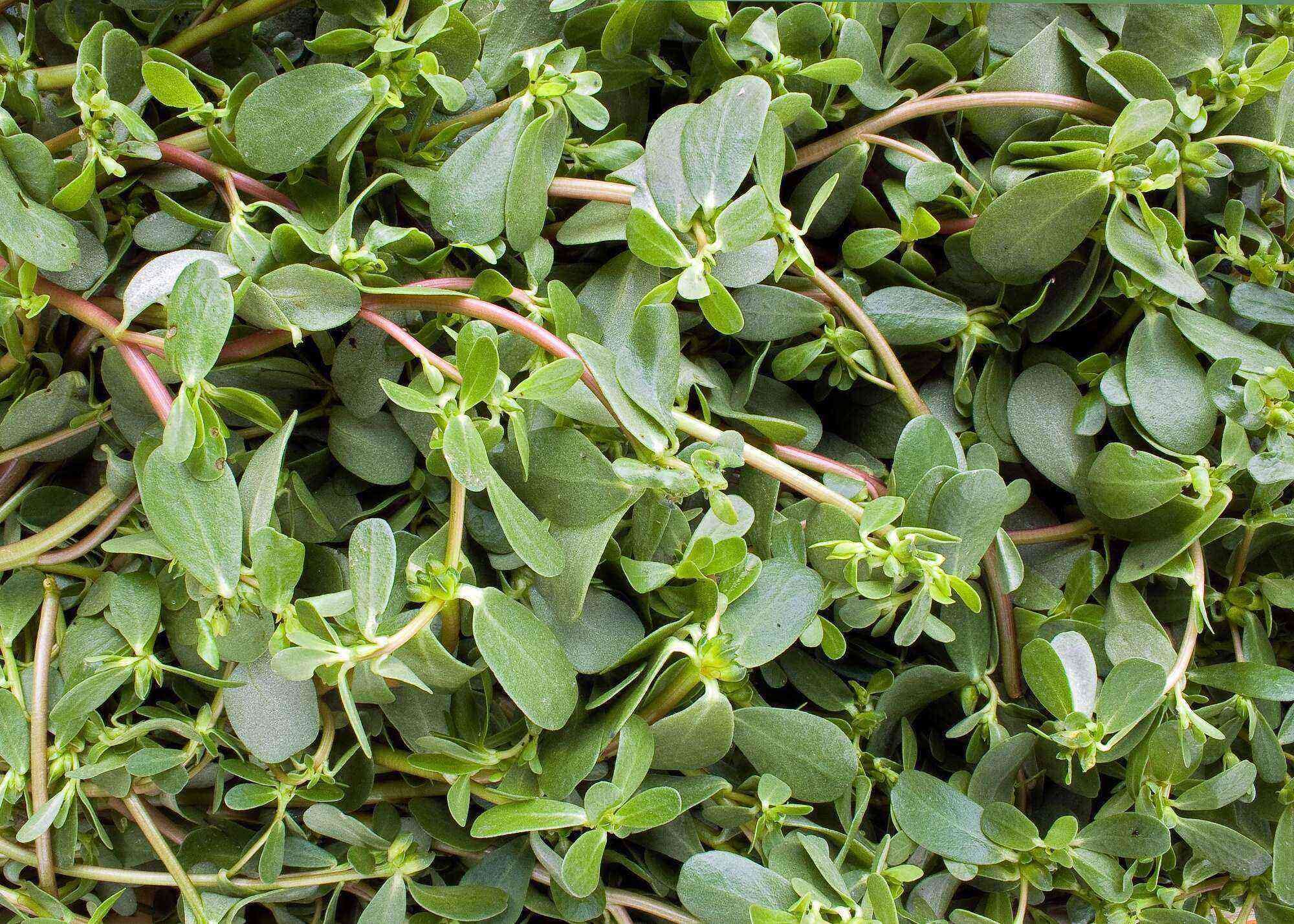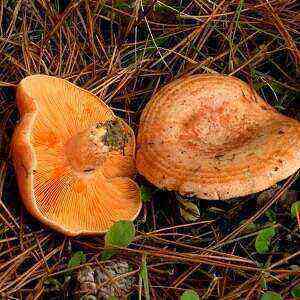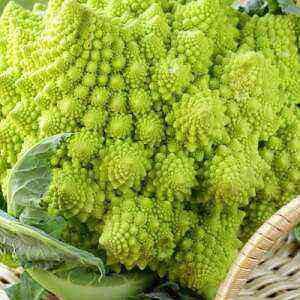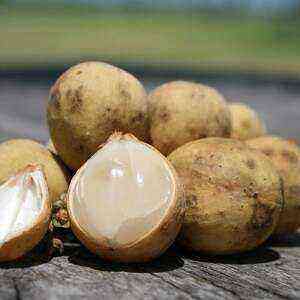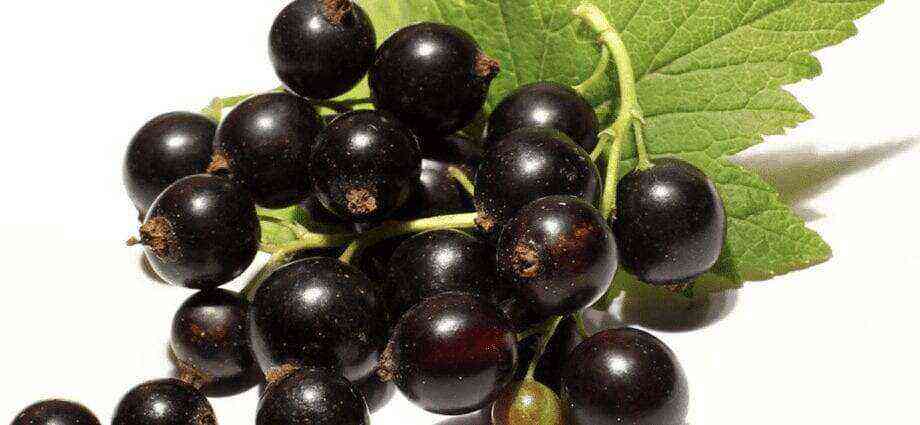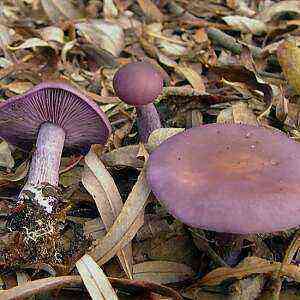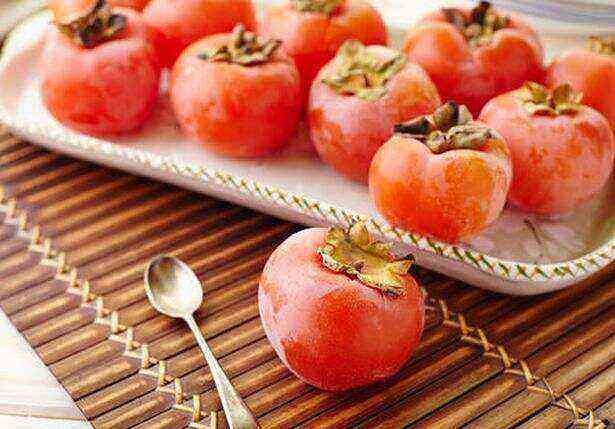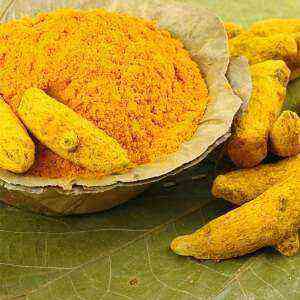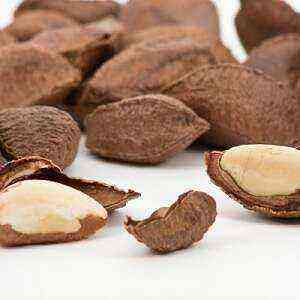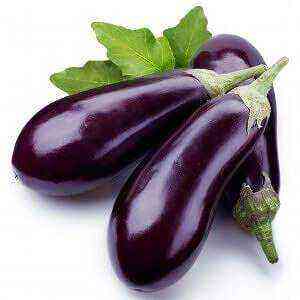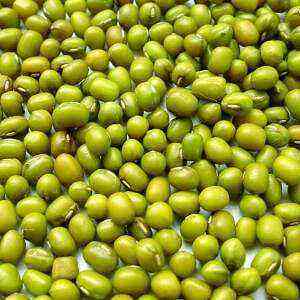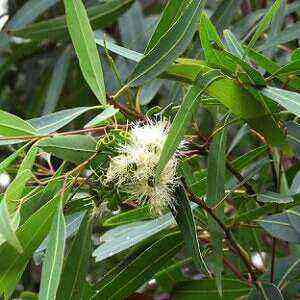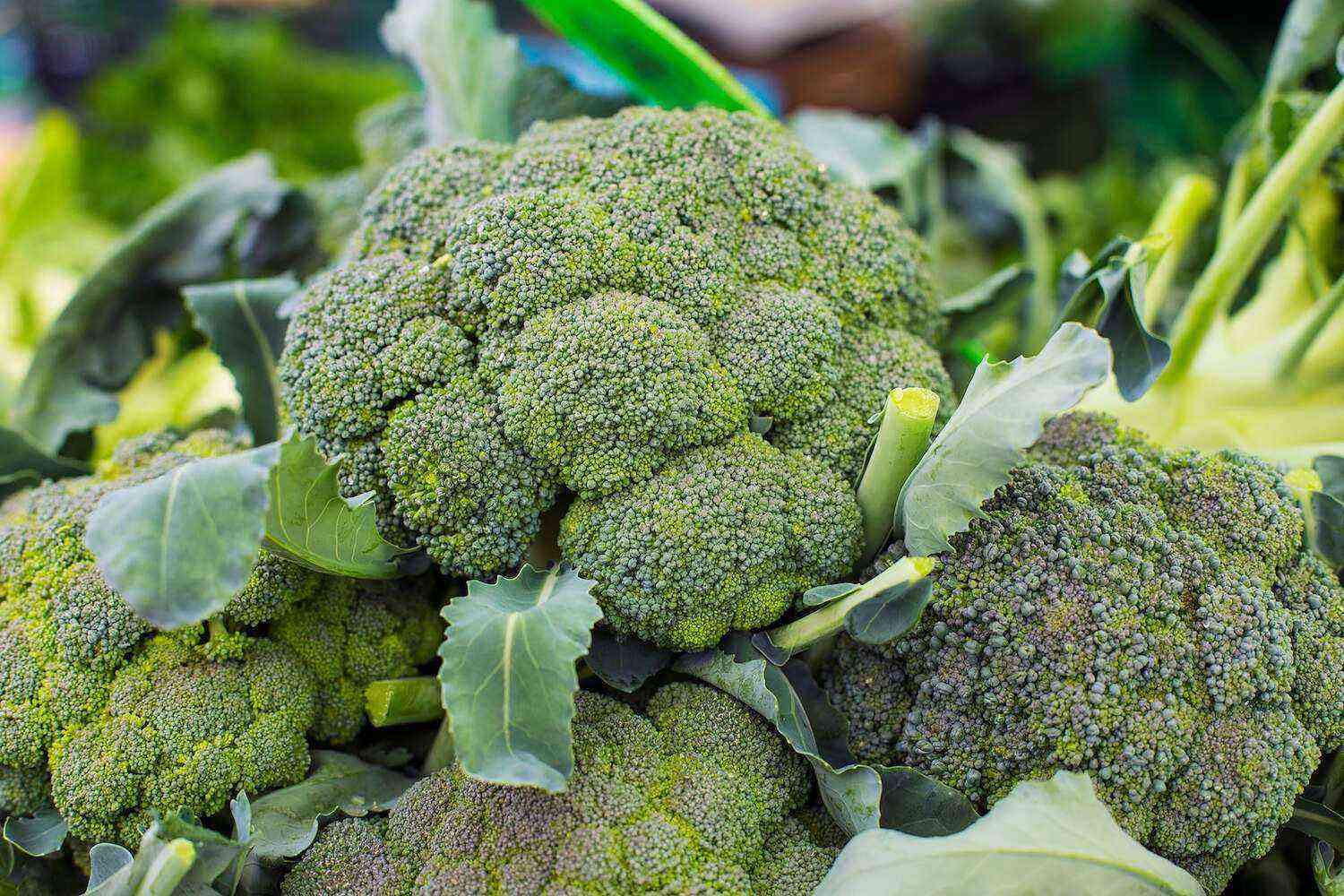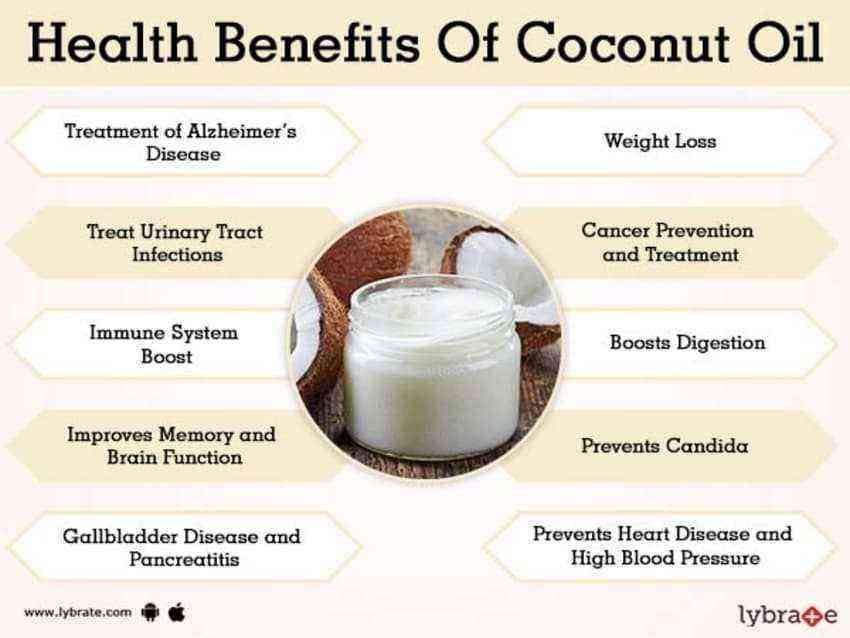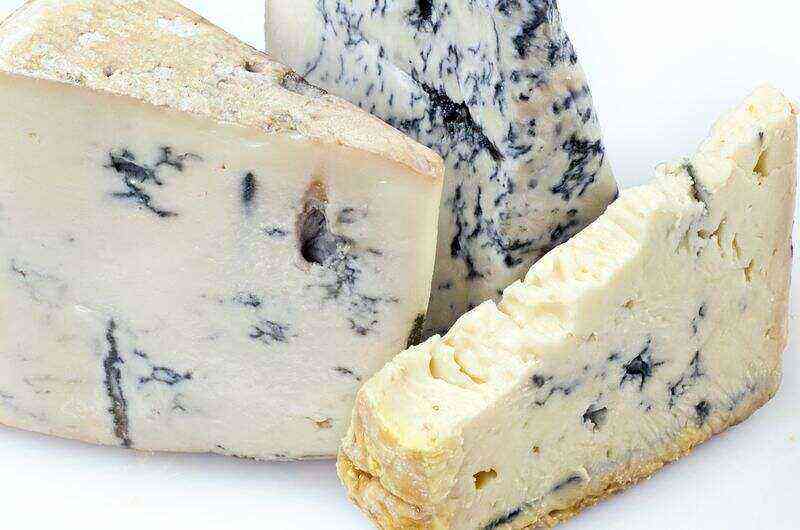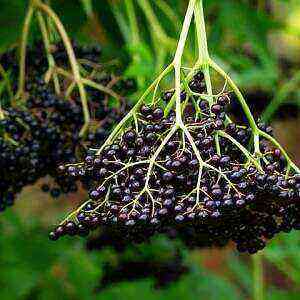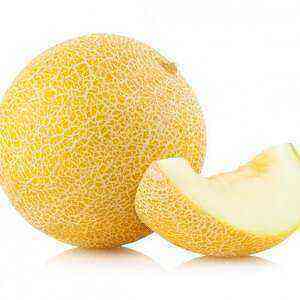 In Mediterranean countries, melon can be seen in most restaurant dishes. In our region, this fruit is usually consumed only as a dessert, but adore it no less than the inhabitants of the sunny Mediterranean. So what made the melon so popular?
In Mediterranean countries, melon can be seen in most restaurant dishes. In our region, this fruit is usually consumed only as a dessert, but adore it no less than the inhabitants of the sunny Mediterranean. So what made the melon so popular?
General characteristics
Melon is an oval-shaped edible fruit from the Pumpkin family. Today it is grown almost all over the world, but it comes from temperate and tropical latitudes. Melon is excellent at quenching thirst and is almost calorie-free. The edible part is the crumb from which the seeds are removed. In this way, she resembles a watermelon. But while watermelon is a huge berry, melon is biologically a vegetable. ..
Melons were already known in ancient times. Historical finds indicate that this fruit was grown by the ancient Egyptians on the banks of the Nile. In Russia, they learned about this culture in the XNUMXth century and immediately credited it to their favorite sweets.
And already in those days, doctors used it to treat rheumatism and kidney disease, as well as against worms and tuberculosis.
Benefits and harm to the body
Melon is light in taste and calories, sweet and refreshing. It is useful not only in the heat as a thirst-quenching product, its crumb contains many nutrients necessary for the body.
 Melon properties have long been used in folk medicine. It is an indispensable vegetable for overweight people as it works as a mild laxative and diuretic in the body. For the same reason, melon is used for diseases of the kidneys and urinary tract. In addition, it is recommended for the relief of rheumatic pains and liver dysfunction.
Melon properties have long been used in folk medicine. It is an indispensable vegetable for overweight people as it works as a mild laxative and diuretic in the body. For the same reason, melon is used for diseases of the kidneys and urinary tract. In addition, it is recommended for the relief of rheumatic pains and liver dysfunction.
There are reasons to consider this vegetable a medicinal food for people with heart problems, as it has a positive effect on the condition of the arteries and heart. The presence of beta-carotene and other antioxidants slows down the aging process of cells, strengthens the ability to resist free radicals. For this reason, the melon is listed as an anti-cancer food. Interestingly, in some countries it is used to treat colds, coughs and sore throats.
Like most other melons and gourds, this product contains substances that help fight stress, have a positive effect on the psyche and, therefore, the functions of the whole body. Regular consumption of this fruit can strengthen the body.
Melon is a vegetable, beneficial properties that people who struggle with hypertension and atherosclerosis will appreciate. It is known that this melon culture prevents the accumulation of plaque, has a beneficial effect on eye health, and also allows you to retain a beautiful tan of the skin longer.
But the bitter melon is recommended for people with type 2 diabetes because it effectively lowers blood glucose and triglyceride levels. farmer-online.com.
To summarize, the list of melon benefits would look something like this . . .:
- the richest source of vitamins A and C;
- regulates blood pressure;
- prevents the development of atherosclerosis;
- improves vision;
- good for the skin;
- strengthens hair and nails;
- has a diuretic effect;
- promotes detoxification of the body;
- removes excess fluid;
- useful for combating cellulite;
- reduces the risk of cancer;
- prevents depression;
- protects against stress;
- improves memory and concentration.
Possible hazards
Melon, being a fairly sweet fruit with a glycemic index of 65 ., not suitable for patients with diabetes mellitus. In addition, it belongs to allergy-causing foods. Most often, people who are allergic to grass, pollen, watermelon or oranges, which are in the same group of allergens, react to this fruit.
Nutritional value
Melon is almost 90% water.
Vitamin E and beta-carotene were also found in this melon culture, which, in fact, determine its antioxidant properties. In addition, the fruit is rich in other valuable vitamins, such as groups B (B1, B2, B6), A, C, D, as well as bioflavonoids. In addition, this product contains significant reserves of folic acid (vitamin B9), which is extremely important for the intrauterine development of the child. And if necessary, to saturate the body with magnesium, potassium, iron, calcium, phosphorus and iodine, melon is also best suited.
The nutritional value of melon per 100 g of product .
Calories 35 kcal Proteins 0,6 g Fats 0,3 g Carbohydrates 7,4 g Fiber 1 g Vitamin C 20 mg Thiamine 0,04 mg Riboflavin 0,04 mg Nicotinic acid 0,5 mg Pantothenic acid 0,23 mg Vitamin B6 0,06 , 6 mg Folic acid 7,6 μg Choline 67 mg Vitamin A 0,1 μg Vitamin E 2,9 mg Vitamin K 16 μg Calcium 1 mg Iron 13 mg Magnesium 12 mg Phosphorus 118 mg Potassium 32 mg Sodium 0,09 mg Zinc 47 mg Copper 0,035 μg Manganese 0,7 mg Selenium XNUMX μg
Cantaloupe
 The juicy and aromatic pulp of this fruit is an excellent ingredient in fruit salads. But at the same time, yellow melons go well with ham, green ones with seafood, and honey melons are best used for making desserts and ice cream.
The juicy and aromatic pulp of this fruit is an excellent ingredient in fruit salads. But at the same time, yellow melons go well with ham, green ones with seafood, and honey melons are best used for making desserts and ice cream.
Mediterranean Salad
To prepare this refreshing summer meal, you will need:
- melon;
- cucumber;
- Cherry tomatoes;
- a pair of mozzarella balls;
- orange;
- basil leaves;
- olive oil;
- lemon juice;
- salt;
- pepper;
- sugar.
Cut balls from the melon pulp with a spoon, cut cucumbers, cherry tomatoes and mozzarella into slices, peel the orange from the film. Mix all ingredients. Season the salad with olive oil, lemon juice, sugar and spices. Decorate the finished dish with basil leaves.
Ham and melon
Put spinach or green salad leaves on the bottom of the plate, on top of the greens – pre-peeled and sliced melon. The next layer is pieces of ham. Sprinkle everything on top with freshly ground pepper. Combine balsamic vinegar, olive oil and salt in a separate bowl. Pour this mixture over the finished dish.
Melon: the most popular types
Depending on the color of the peel, taste, size and shape of the fruit, the following varieties of melon are distinguished.
Kantalupa
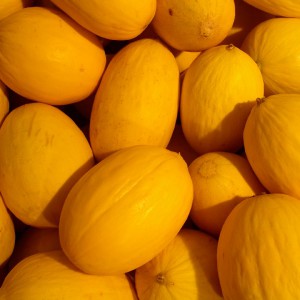 You can recognize this variety by the spherical shape of the fruit and the orange pulp. The peel of such fruits is usually ribbed, gray-brown. Medium melons weigh about 1 kg, although some can reach 5 kg. One hundred gram portion of pulp contains 34 kcal [8], as well as rich reserves of magnesium, potassium, copper, folic acid, B vitamins.
You can recognize this variety by the spherical shape of the fruit and the orange pulp. The peel of such fruits is usually ribbed, gray-brown. Medium melons weigh about 1 kg, although some can reach 5 kg. One hundred gram portion of pulp contains 34 kcal [8], as well as rich reserves of magnesium, potassium, copper, folic acid, B vitamins.
Galia
This popular sweet melon variety was bred in Israel. It is characterized by bright flesh, yellow-brown crust, as if covered with foil. The shape of the fruit is oval. This variety is an excellent source of vitamins C and A, pectin and antioxidants. A hundred-gram slice of this sweet contains approximately 38 kcal [9].
“Kassaba” (“winter melon”)
The fruit of this variety can be recognized by its rounded shape and smooth yellow skin, sometimes covered with a mesh pattern. The pulp of a ripe vegetable is white and sweet, contains few calories (28 kcal per 100 g of product [10]). These melons do not hold the record for vitamin C or A, but they are an excellent source of vitamin B6, magnesium, potassium and copper. Unlike other varieties, this type of melon is less aromatic and crunchy.
“Sugar”
Sweet and aromatic, creamy or pale green flesh, oval-shaped fruit with a smooth yellowish to greenish skin is a sugar melon. Average weight – from 1,8 to 3,6 kg. Calorie content – about 36 kcal per 100 g of pumpkin [11]… This melon variety is sweeter than many others and tastes better for this reason. But in terms of useful components, it is somewhat inferior to other types, although it still contains a sufficient amount of vitamins and minerals, especially when it comes to potassium, vitamin B6 and folic acid.
How to choose a melon
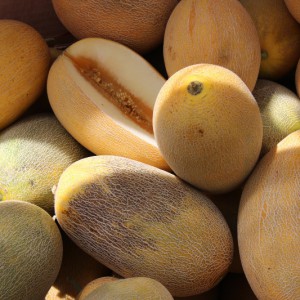 As soon as the first melons appear in the markets, the desire to buy this juicy and sweet fruit immediately arises. But in order not to make a mistake with the choice, it is worth remembering a few rules:
As soon as the first melons appear in the markets, the desire to buy this juicy and sweet fruit immediately arises. But in order not to make a mistake with the choice, it is worth remembering a few rules:
- Take a close look at the shell of the fruit; there should be no signs of mold, dark or small white spots or cracks.
- Ripe and juicy fruits are always a little heavier than they might seem at first glance.
- Ripe melon in the area of the stem should have a characteristic fruity aroma. If the fruit was cut green, then the sweet aroma will be absent. Although the intensity and sweetness of the smell also depends on the type of melon culture.
- Press a fingertip on the melon. If the fruit is immature, this will be a difficult task. The flesh of a sweet melon will easily bend under your finger, and then return to its original form.
Important:
- You should not buy overripe melons – they have a bad taste. You can recognize the overripe fruit by the dark rim around the stem.
- An unripe melon can ripen on its own in 1–5 days in a warm place (for example, on a windowsill in a kitchen).
- Melons are best stored at temperatures up to 5 degrees. [12]but they taste better at room temperature.
Interesting Facts
- The name of the melon variety “cantaloupe” comes from the name of the castle near Rome, where this vegetable was bred. And the Greek name for melon, melopepon, translates as “soft apple.”
- There are many varieties of this plant in the world, and its new species are obtained by crossing.
- The size of the fruits of some varieties of melon does not exceed the fruit of a walnut, and the largest surpass the large pumpkins in terms of parameters.
- The color of the pulp of different varieties varies from white to green or saturated orange.
Melon is a great fruit. It has excellent taste, quenches thirst, and also serves as a source of many elements important for the human body. Its taste is determined by the variety, but the beneficial properties are similar for everyone. This melon culture is equally good as a dessert and an ingredient in main dishes.
Sources of
